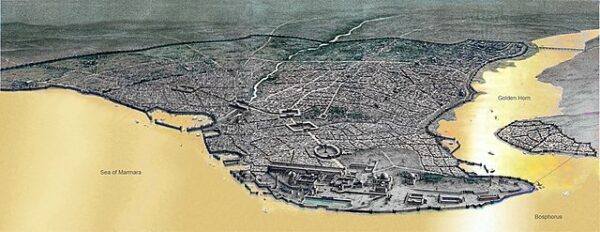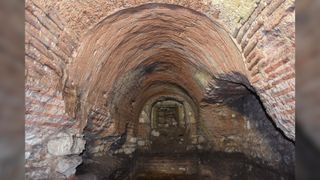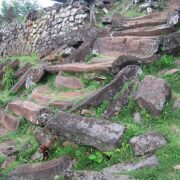
Archaeologists conducting digs beneath the remains of an ancient Christian church have discovered hidden chambers and passages dating back 1,500 years in the oldest section of Istanbul, which was formerly known as Constantinople, the capital of the Byzantine Empire.
The Mirror reports that researchers are still trying to understand what the secret rooms could have been used for.
Archaeologists are trying to investigate the reasons for the subterranean pathways which are in the oldest part of Istanbul.
The network is likely to be part of the huge Church of St Polyeuctus which was constructed when the city, then known as Constantinople, was Christian.

Image credit: Istanbul Metropolitan Municipality
Excavation work has been carried out at St Polyeuctus’ which is the second most important structure that was built at the time around 524 to 527 after the Grand Hagia Sophia Mosque.

Image credit: Istanbul Metropolitan Municipality
And the network of tunnels include two large chambers which appear to have been connected to a room by the church altar where the bread and wine was prepared for Eastern Orthodox church services.
Live Science noted that the discovered chambers are heavily decorated with mosaics and have large marble blocks.
The Church of St. Polyeuctus was constructed during a period when Istanbul, then known as Constantinople, embraced Christianity as the state religion. Built between 524 and 527 by the Eastern Roman Princess Anicia Juliana, the church was intended as a demonstration of her power and influence, countering Emperor Justinian and Empress Theodora, according to Anadolu Ajansi.
Initial archaeological excavations of the site took place from 1964 to 1969, led by British art historian Professor Martin Harrison and archaeologist Nezih Firatli, as reported by Turkish Archaeological News. Although the church now lies in ruins, efforts are ongoing to excavate the area and develop it into a potential tourist destination.
[Read More: Massive Sword Has Researchers Wondering About Giants]









